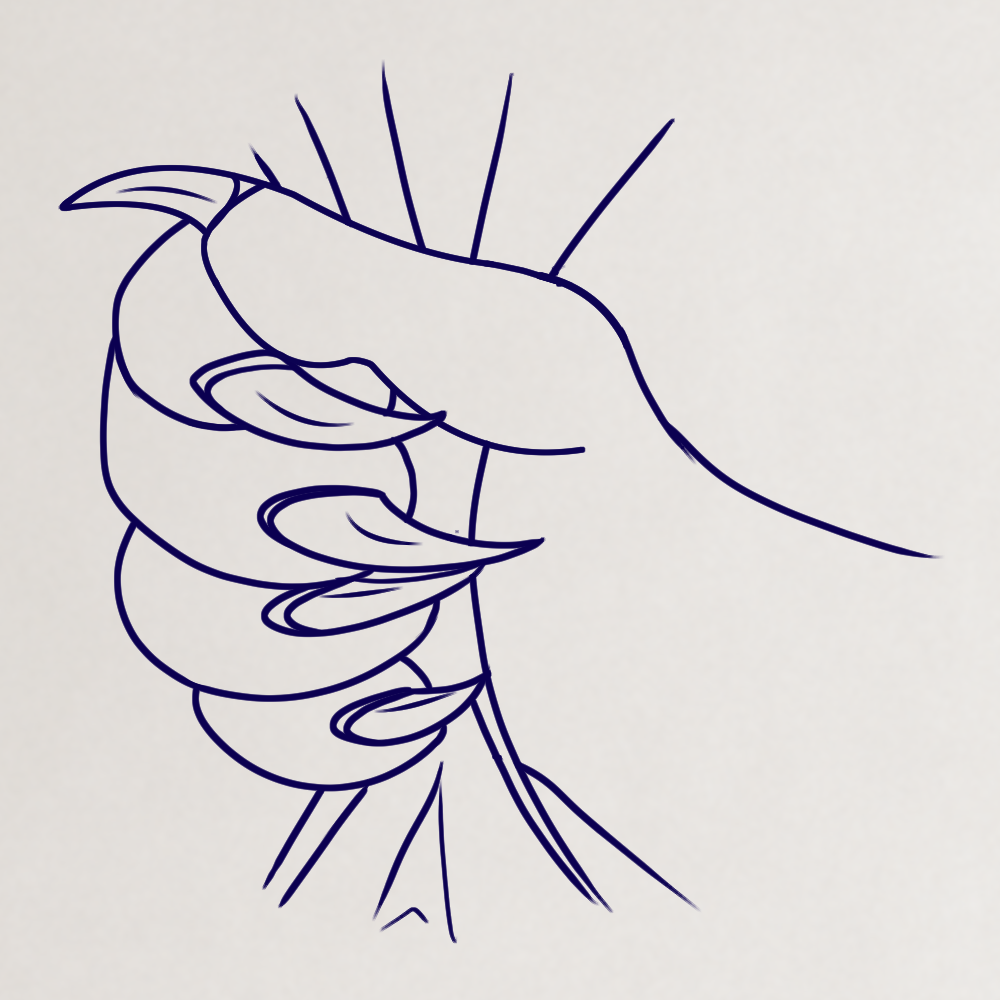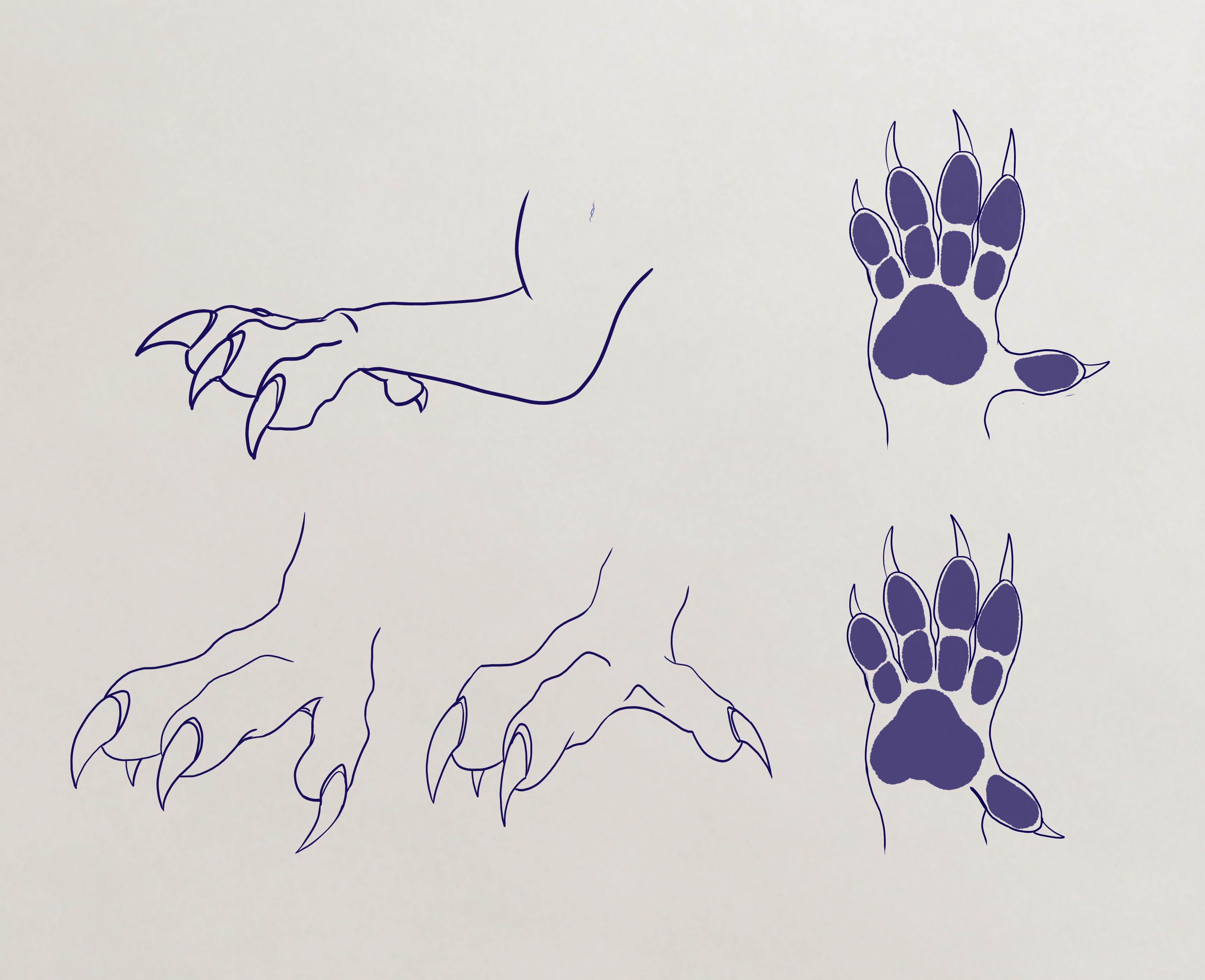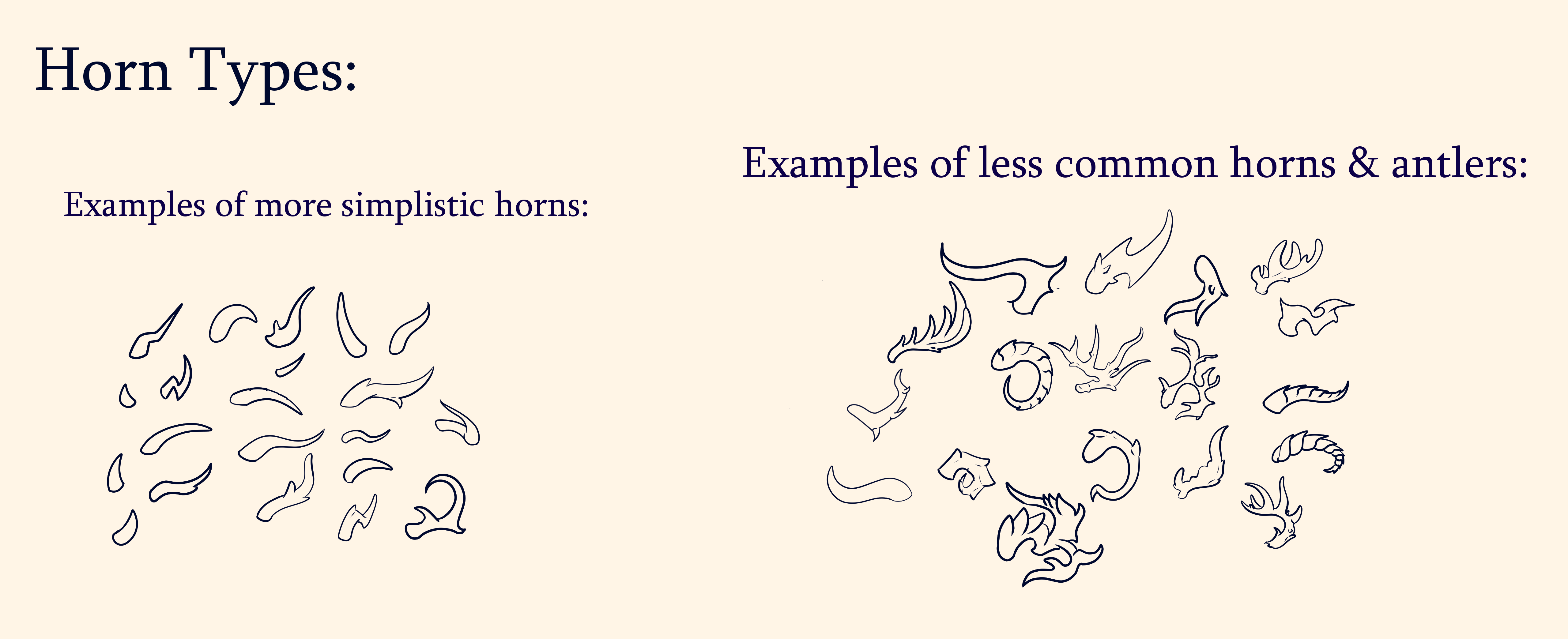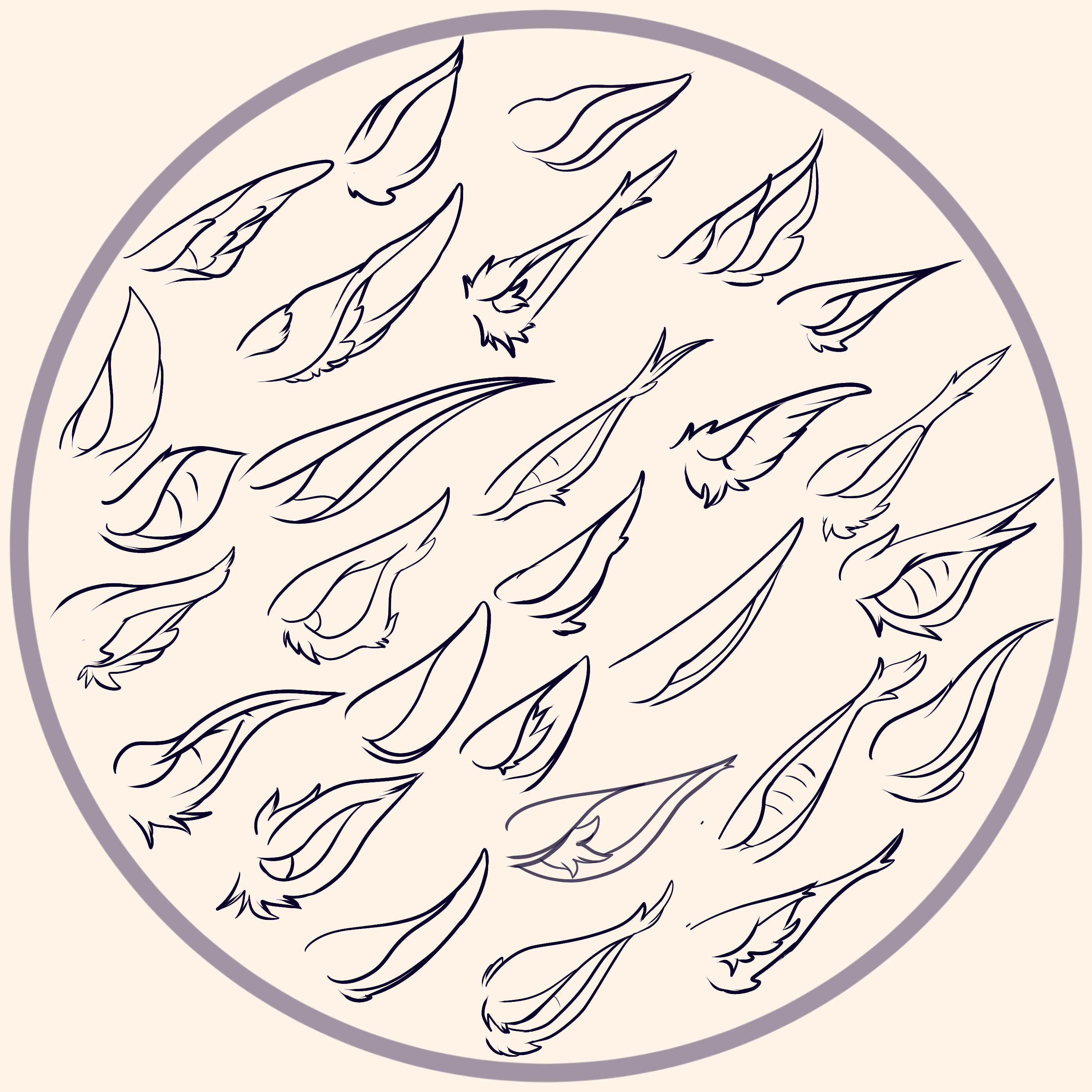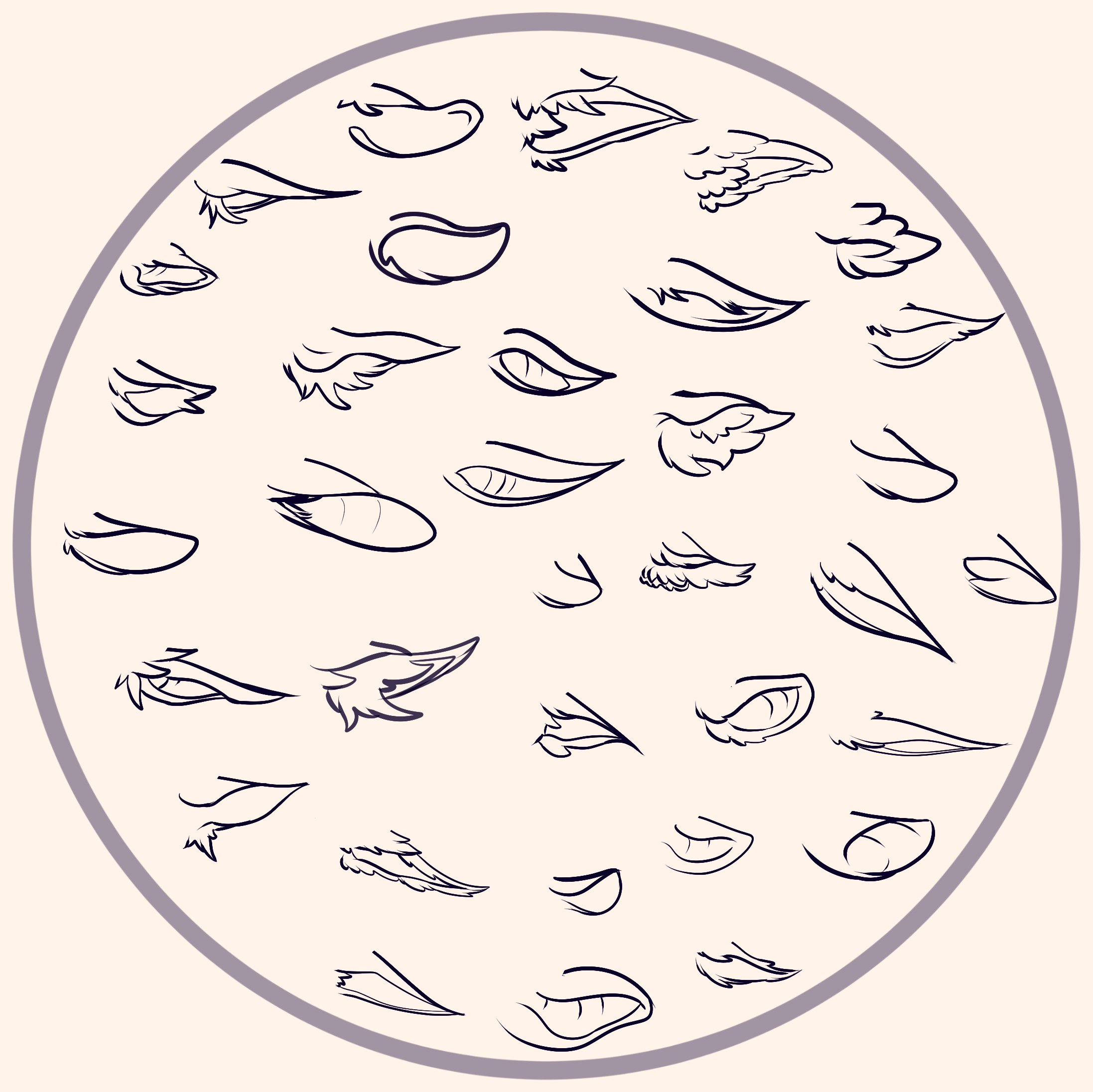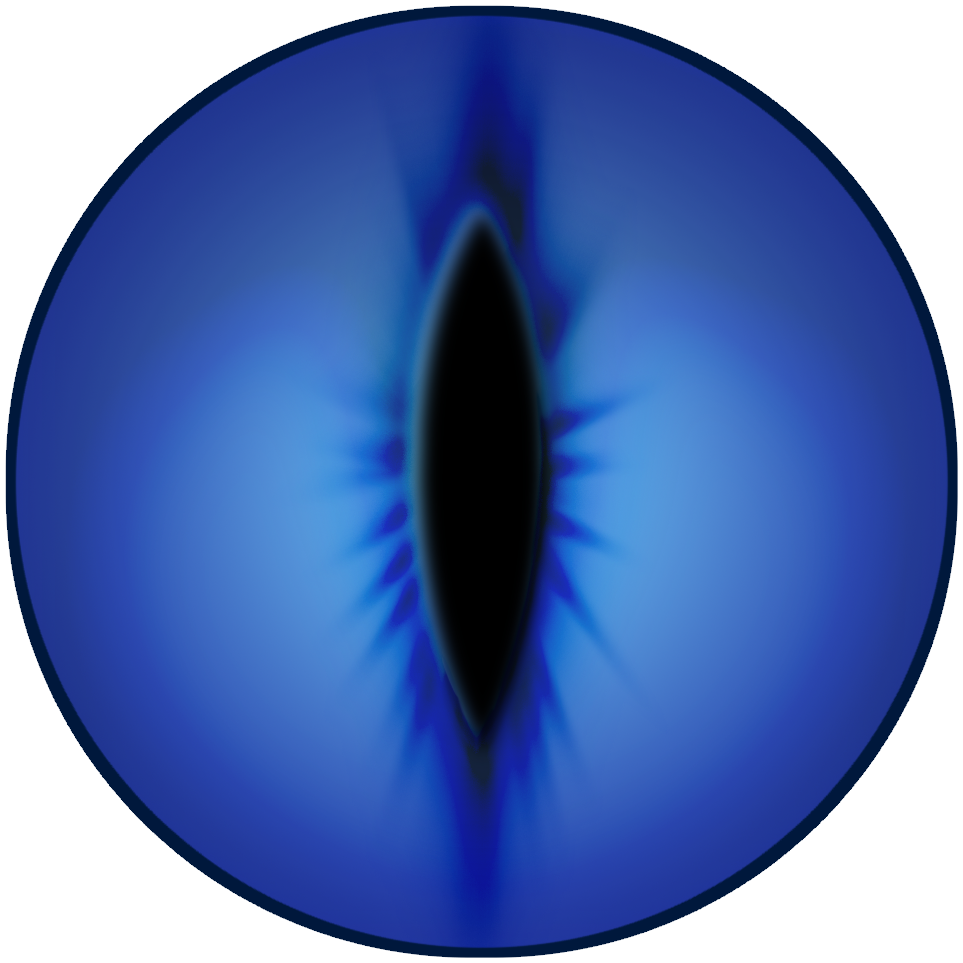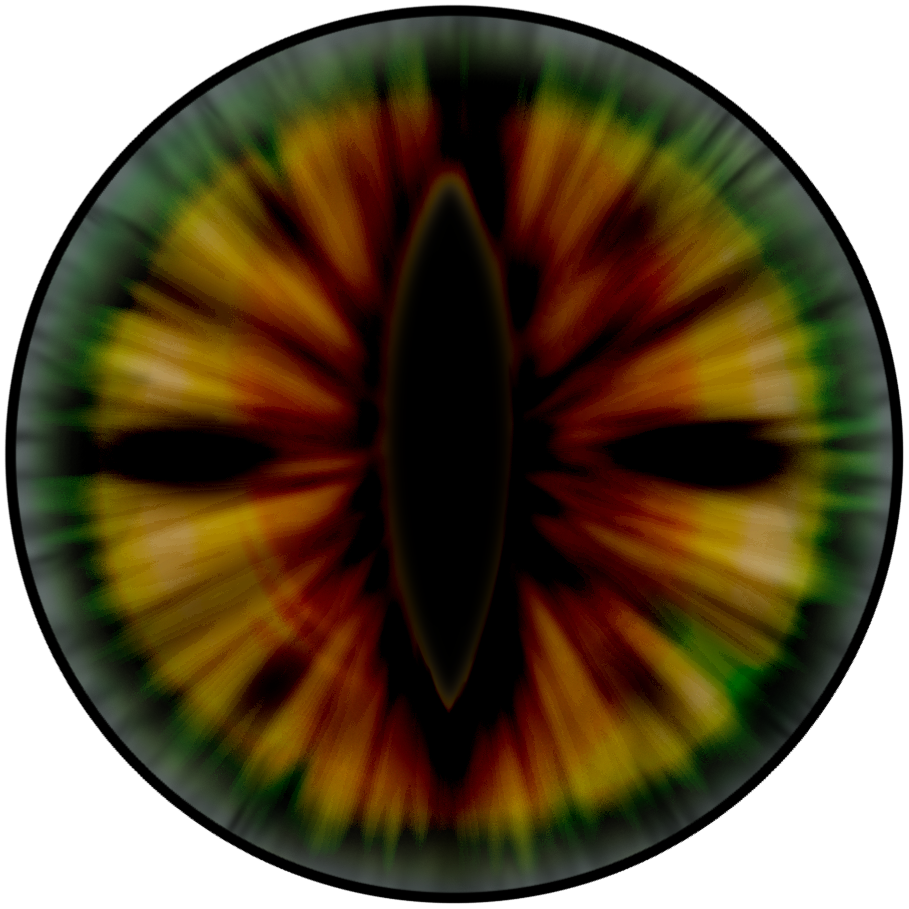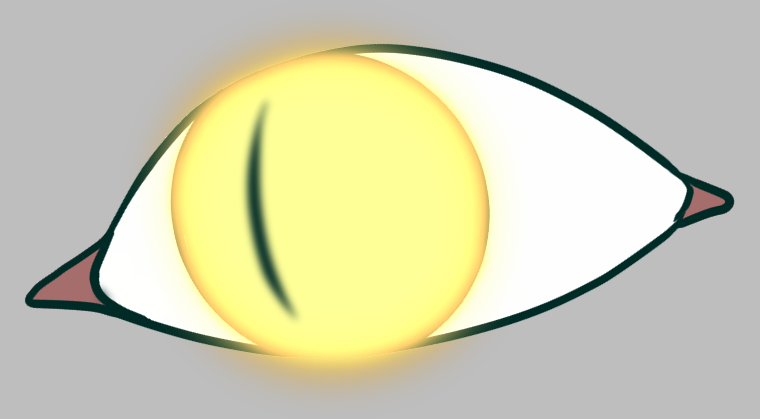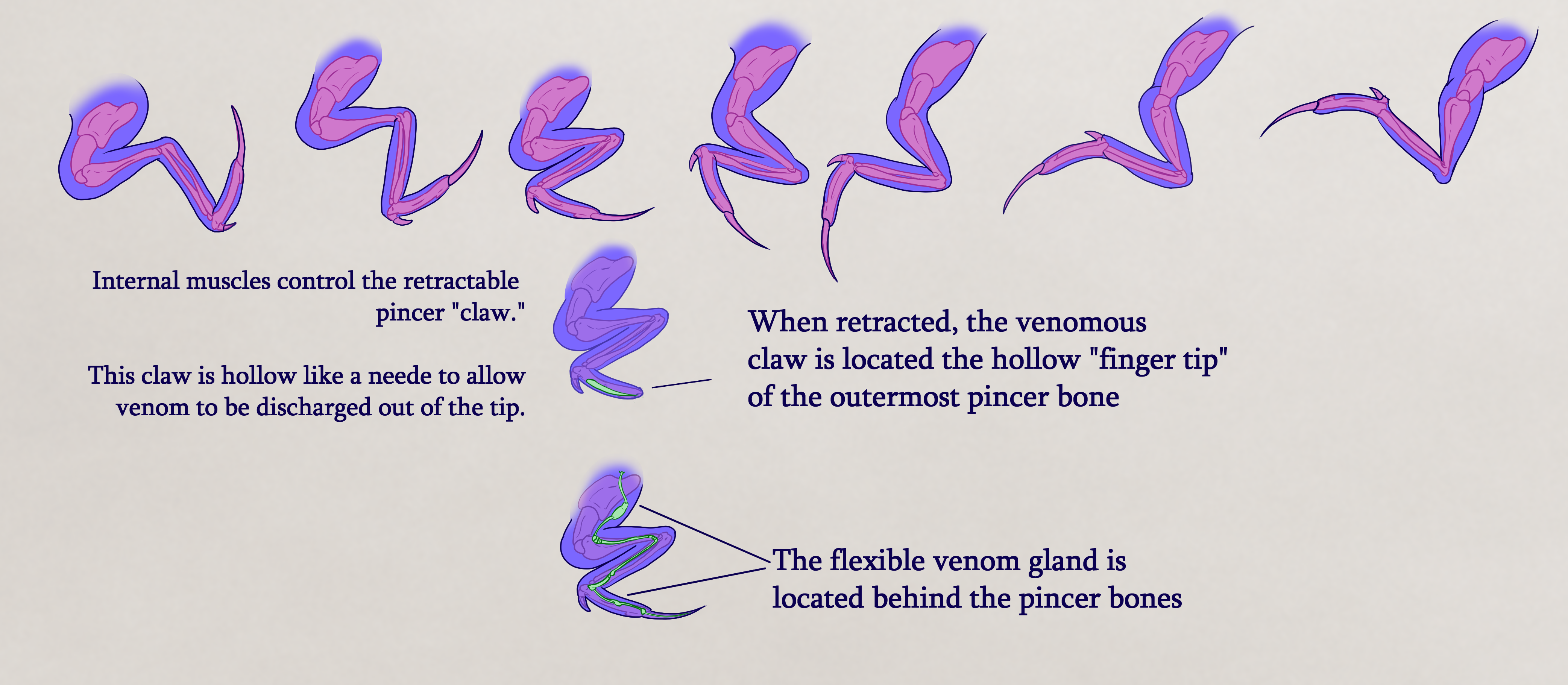Ahmnive
Ahmnive: General Info Only
Ahmnive Anatomy
General
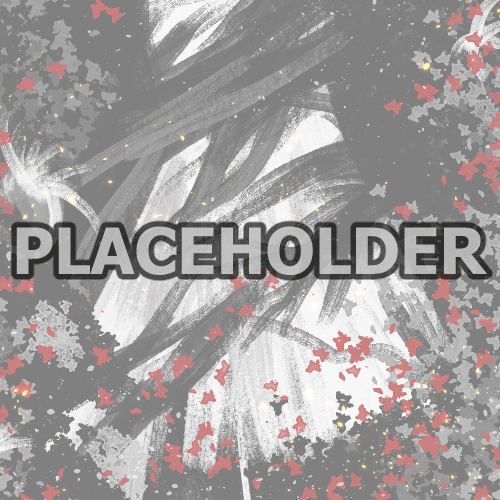
The feral form of the shapeshifting Kruksen is called the ahmnive. This form comprises of a lithe body shape with powerful forelimbs that assist in running and climbing. They are large quadruped creatures and have similar anatomy to mundane canids, felids, and terrestrial drakes.
Their trunk (or core) is lightweight and built for dexterity. The size of a Kruksen's ahmnive form does not always correspond with the size of their Hesdani form. There are many other factors that are taken into account as magical prowess is just as important. There very little gender dimorphism in the ahmnive form, other than reproductive organs, that is.
The ahmnive neck is thick but very flexible and can sport a mane of any reasonable thickness. Their head sports a heavy brow and one or two pairs of ears. Horns are found on the majority of ahmnive and are normally found in pairs of 2 or 4, but other variations do exist on rare occasions.
A large ahmnive can stand at 8'-10'/244-305 cm) tall when standing on hind legs and is around 3'5" feet/107 cm, or even in rare cases, an enormous 4'5"/137 cm at the shoulders. The larger sizes normally represent powerful sages or leaders within the community. Smaller adults Size can vary greatly and can affect how the Ahmnive will hunt and interact in the pact when in this form. The weight of adult individuals is just as varied ranging from anywhere between 180 lbs/81.6kg to 550 lbs/250 kg. Not all the time does one's magical ability affect the feral form's size.
Forelimbs
The humanoid hands of the Hesdani form turn into five-fingered forepaws and the thumb loses some, but not nearly all, of its grasping ability in almost all cases. The thumb itself does have a much larger range of rotation, however, and is still semi-opposable. The digits are quite long for a quadruped. There is a small stretchy webbing between the forefinger and thumb that is fairly flexible. Rarely does an ahmnive's front paw's 'thumb' become more like a dew-claw and loses all of its use.
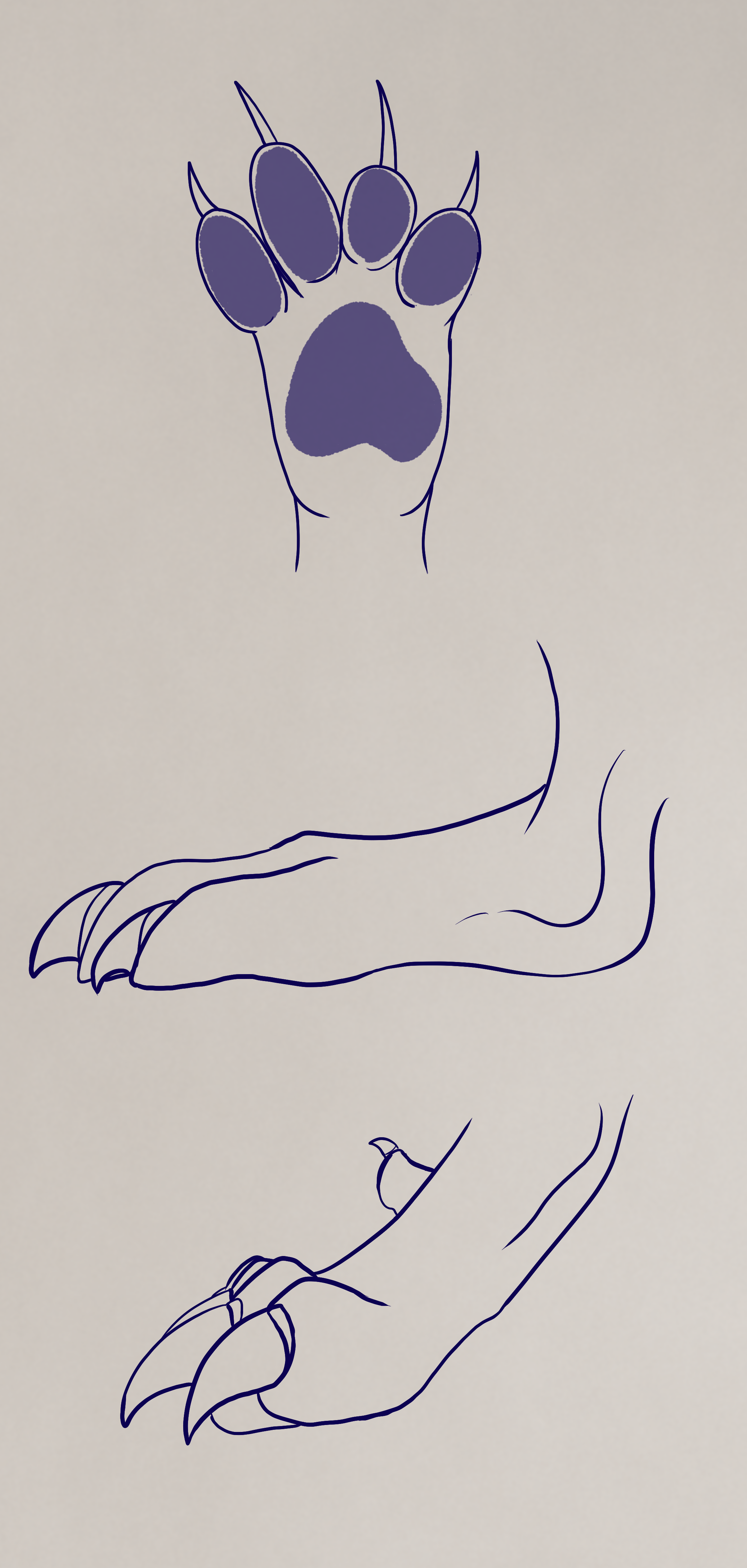
Hindlimbs
The legs are digitigrade and the feet morph into something similar to that of a big cat. The back becomes longer and the spine shapes so that it is very difficult, if not impossible for the Kruksen to walk their hind legs.
However, the ahmnive's strong, muscular back legs are still able to support the ahmnive's weight for short periods of time to scout the area around them more easily or to assert rank and dominance among other members, although the latter is taboo within the Kanweh-Terah group.
Tail
Locomotion
All legs are strong and muscular in the Kruksen feral form. They are built for easy climbing and fast sprinting. However, they are not distance runners. An ahmnive can reach 35 m/hr or 56 k/hr
Each sole of the paw has thick pads to help them grip when running and climbing, balance, and are also used for shock absorption. The toes end in claws that are non-retractable. The claws do continue to grow constantly, so the ahmnive must trim (and sharpen) these claws using trees to keep them in top shape. Claws assist in hunting, climbing, and running. Ahmnive also have vertical jumping capabilities that are somewhat similar to a cougar's and are able to leap 15 feet/3 meters vertically and 18 feet/5.5 meters horizontally. This feral form has a diagonal gate as the diagonally opposite hind and forelegs will move simultaneously.
Ahmnive can swim, but many Kruksen try to avoid doing so in this form. Wet fur is heavy fur. They prefer to hunt on land or in the large, heavy trees growing in the Wilds while in their quadrupedal form. They enjoy climbing trees to watch over their territory.
Head

Jaw & Muzzle
The jaws of an Ahmnive are very powerful at 900 lbs. of pressure per square inch. The jaw is long and tapers at the end of the snout. A muzzle is formed from the jaw and it is fairly long. The mouth resembles a hybrid of a serpent, drake, and canine. The muzzle ends in either a downwards curved upper lip that almost resembles a small beak or one that more closely resembles a snake. The lips are soft and flexible that allow a great variety of facial expressions. The top jaw can move forward when the mouth opens and makes the ahmnive look like they have a bit of an overbite. The jaw itself has a wide degree of motion and can be open to almost 60 degrees. The muzzle has a thin layer of soft fur on top of the skin.

Tongue
The ahmnive tongue is quite long, and when fully extended, extends to 2-3 feet (61-91 cm) long, and has two to four splits close to the tip. It can be used to catch birds from the air while the Kruksen is hunting in the trees. It is also used for grooming and communication. The tongue is attached near the last pair of ribs and not anchored to the mouth itself. When not in use, the vast majority of the tongue will retract inside of a sheath within the ahmnive's body, called a glossal tube. The end of the tongue can still be seen inside the mouth when it is open and still stay there at rest. The entire tongue can also be retracted into the glossal tube at any time, but it is comfortable for the ahmnive to do either
There are four different types of papillae on the tongue, just like other mammals. The filiform papillae that give a cat's tongue its sandpaper texture is also found on the ahmnive tongue. However, they are not as defined as they are on a feline. Despite this, they assist in grooming, removing flesh from the bones of prey animals, and drinking water.

Teeth
The teeth of an ahmnive are smooth and are similar to the Kruksen's feral form, other than the fact they are much larger. As with the Hesdani form, the ahmnive form has mostly sharp teeth in thet front and sides of the mouth. There are still two pairs of molars for chewing, but ripping and tearing are more important to eat in this form.
Teeth are replaced throughout the Kruksen's lifetime, and this also goes for the ahmnive form. While transforming, some weaker teeth will fall out making room for newer teeth to grow (Despite most other body parts transforming with no issue!)
As with the Hesdani jaw, the ahmnive jaw consists of two pairs of incisors, one pair of prime canines, four pairs of sub canines, and two pairs of molars on the top jaw. On the bottom jaw there are one pair of incisors, one pair of prime canines, three pairs of sub canines, and one pair of molars.

Horns
Almost all Ahmnive sport horns or antlers and these parts come in a wide variety of shapes and sizes. One or two matching pairs are the most common arrangement. It is rare for an ahmnive to have no horns at all or to have a different arrangement than single or double pairs.
Horns are more commonly situated pointing towards the back of the head and almost always between the ears. More commonly sported horns can be straight or curved and can be made up of simple curls and curves. Antlers and ram-like horns can also be seen but are less common. It is possible, but rare, to see large moose-like antlers on an ahmnive.
Ears
The ears are much longer than the previous form and most Ahmnive normally have an extra pair or "set." The ear will split at the base to create the look of two separate ears on each side of the head. Only the "bottom/inner" ear is connected to the ear canal and is capable of catching sound. It is uncommon for there to only be one set/pair of ears, but ahmnive never have more than two sets of ears. Ahmnive ears can swivel almost all the way around if only one pair is had – two pairs make this slightly more difficult.
Kruksen can have double or single ears, with double being more common.
outer & inner ear examples:
Senses
Kruksen have a heightened sense of smell, hearing, and vision. These are increased in the ahmnive form. However, Kruksen are far-sighted!
Eyes
Kruksen has the same eye color between their Hesdani and Ahmnive forms. Their pupils are cat-like and will contract in light and will dilate when in darkness or when the ahmnive is excited or joyful. Ahmnive eyes are set forward, but when viewed from the side they look flat - just like a theropod dinosaur. They have binocular vision but are far-sighted to assist in hunting.
Kruksen eyes can reflect light and can actually give off a weak glow when in strong emotional states. They see in full color. In both ahmnive and hesdani form, Kruksen can see well at night, but their eyes are very sensitive to bright light. They can have many different pupil colors, but they have the same colors in both their Hesdani and Ahmnive forms.
Kruksen can have many different pupil colors.
Eyes will glow when threatened or excited.
Scent & Breathing
Ahmnive breathe out of their nostrils and their mouths. Some ahmnive have a more serpentine face, while others have a more draconic one
The Kruksen sense of scent is heightened while they are in their ahmnive form. Their nostrils flare open when they need to pick up to assist in identifying territory lines, beneficial plants, and prey. The nostrils will also be flared open when the Kruksen is angry or frustrated. The outside of their snouts are not wet like a canine or feline's.
Vomeronasal Organ
The vomeronasal organ is also known as the Jacobson's organ. This is used to help Kruksen pick up scents and is only present in the ahmnive form. This organ is located in the back of the ahmnive mouth. They will open their mouths slightly and curl the lips back to pull scents into the vomeronasal organs.
Labial Pits
Ahmnive have 'holes' on their faces called pit organs or labial pits. These actually contain nerves that can detect infrared radiation from warm creatures up to 10' (a little over 3 meters). These labial pits act very similarly to those of mundane serpents, but ahmnive have natural viz/magic to assist with this sense. There can be anywhere between 8 to 24 pits total and can vary in shape.
Sensory Spurs
The ahmnive sensory spurs are part of a specialized vibrissal sensing system comprising of nerve receptors covered by thick glabrous skin. Despite the thickness of the skin itself, the internal structure is densely packed with tactile corpuscles. This allows the spur to be quite sensitive to vibrations and light touch. These grant ahmnive the ability to sense infrasonic sounds that sometimes result from earthquakes, severe weather, sounds from other animals, and many other low-frequency vibrations.
All ahmnive should have sensory spurs and it is common for one to have anywhere from 4-8 sensory spurs. They can be as small as a fang or as large as a claw or horn. They look sharp but only have the firmness of rubber.
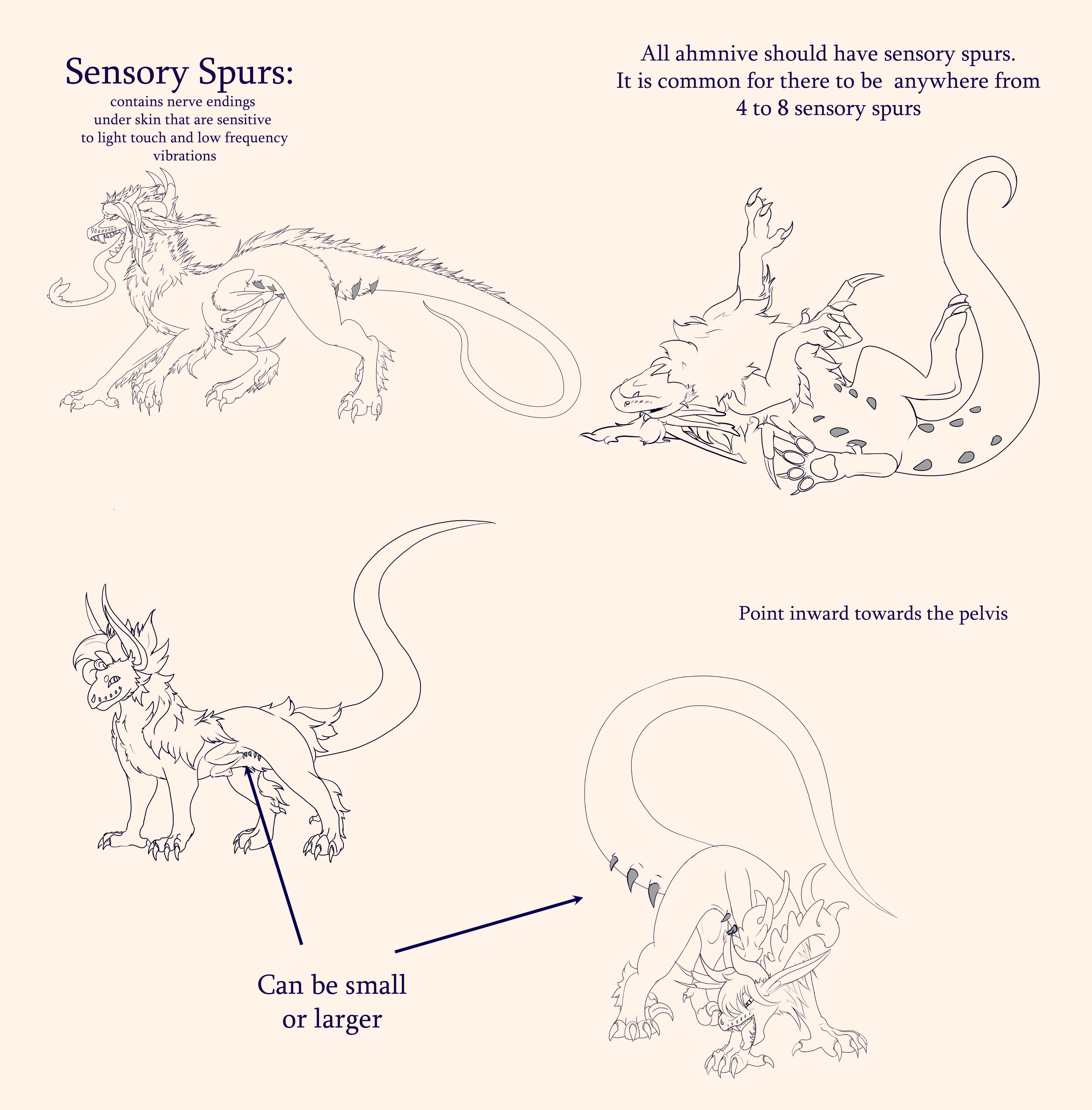
Pincers
A very interesting feature of the ahmnive is the fact they obtain a third set of limbs in front of their hind limbs that connect under their ribs. These limbs are called pincers. They are used for hunting and can inject a type of sedative and act like fangs on a serpent for delivery of this venom. This makes hunting a bit easier, especially if prey gets away. Female and intersex individuals are immune to this venom. The limbs are strong enough to hold smaller objects down.
These pincers can be fluffy or have smooth fur. Normally, they are single jointed and there is only one on each side. However, there are times where deviations can occur.
Fur & Mane

Fur is grown all over the body at various lengths. Their fur varies in length but grows longer in the winter. The ahmnive can easily stand the cold winters of the Arcane Age. They have shorter fur on the trunk, with medium-length fur on the elbows, chest, and bottom of the base of the tail. There is long fur located on the mane, hair, and where the back and tail meet. The hair mostly stays similar to their elven form. The mane will match the individual's hair color that they have in Hesdani form. The hair will spread out into a mane spreading to the chest. Thickness and length vary greatly between individuals. The mane can also be shaped like hair on the top of the head.
Most ahmnive coat colors range in neutral tones, such as browns, and greys. It is possible for ahmnive to have burgundies, stark blacks and whites, and paler blues, violets, pinks, and peaches. There are some very rare coat colors, including deep reds and lilacs.
Ahmnive sport many types of coat patterns and markings. Blaze, bay, brindle, roan, smoked - these are just a very small sampling of fur pattern types that are possible. Spots, stripes, and rosettes are common in different combinations as well.
Internal Anatomy
The core body temperature of a Kruksen in hesdani form is slightly higher than humans as a Kruksen at 99.7°F/37.6°C average, and even higher as an ahmnive at 101°F/38.3°C.
Kruksen in their ahmnive form regulate their body temperature through panting and sweating through the pads in their paws. Panting helps move cooling air over the large tongue and lungs, transferring the hotter air from their bodies to outside.
Ahmnive have the same internal organs as they do in their Hesdani forms - just in different sizes/shapes to fit their quadrupedal body.
Digestive: Ahmnive have atrophied digestive systems and have the same eating limitations as they have become mostly carnivorous. However, root vegetables are enjoyed in this form as well and are dug up with claws to enjoy (especially potatoes). The digestion system of the ahmnive form begins with their sharp teeth and abrasive tongue papillae, which help them tear meat.
Youth
Children can transform at two years of age and are quite cute in their ahmnive forms. They can be extremely rowdy and hyper, though, as they still have the mind of a two-year-old Kruksen child. Little ones also have a bit of loose skin and scruff that is used by adults to calm the children down or pick them up to carry them elsewhere. This does not hurt the little scamp!
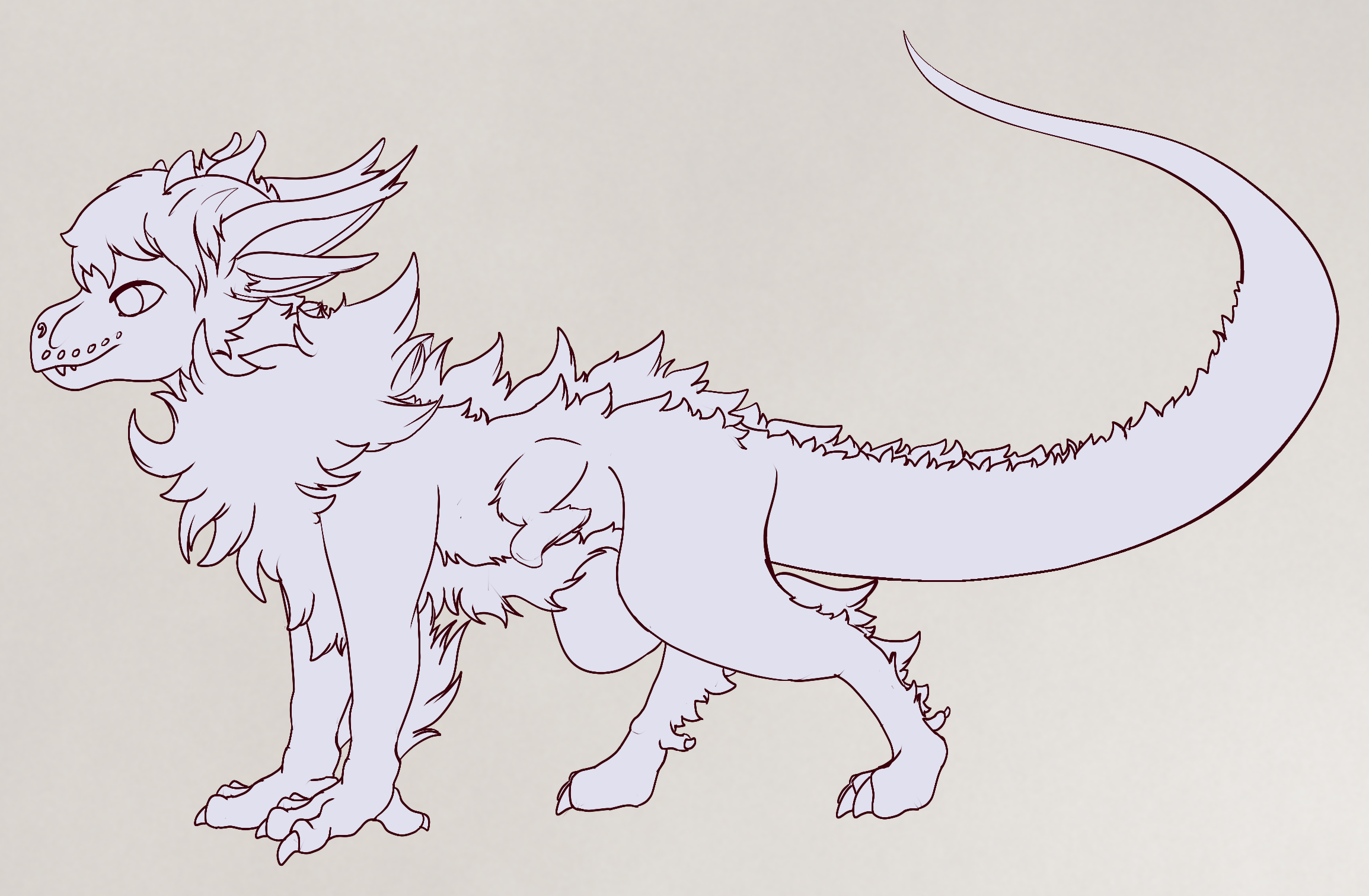
Vocalizations
Ahmnive are very vocal creatures, despite the fact that regular speech is no longer possible in the feral form. They can bark, howl, and growl like a canine. They are able to purr, chirp, and 'yell' similar to what a cougar is capable of. Ahmnive are able to laugh as well, and this sound closely resembles the 'laugh' of a hyena.
Nonverbal:
Touch is an important aspect of communication when in feral form. Gentle nudges with a muzzle can signify approval, consoling, or displeasure. A small bite can suggest the desire to play or to tell an individual to cease their actions. Context is incredibly important when it comes to all parts of communication with ahmnive.
Many parts of the body are used to show nonverbal communication. Eyes, nostrils, body posture, tails, and ear position are just some of the pats of nonverbal communication for the ahmnive. Below are a few of the nonverbal cues that ahmnive exhibit when showing various emotions.
Relaxed:
- Muscles are relaxed and weight balanced on all four feet or lying down.
- Mouth is normally closed or slightly open (relaxed muscles)
- When seated or lying down - front paws are crossed - this is a sign of trust
- Will show belly - this is a sign of deep trust and affection
Fear:
- Hunched body posture to make self look smaller
- Head lowered
- Weight placed on back legs in case the individual needs to run away
- Eye contact is avoided
- Tail between legs
Anger:
- Muscles tensed
- Lips curled back to show fangs
- Fur fluffed out and muscles tensed to make the body look bigger
- Pupils slit very thin
- Nostrils flared
- Ears pressed against the skull
- Tail rigid - normally standing up
- Claws dug into ground
Sadness:
- Ears hang low
- Eyelids droop
- Refuse eye contact
- Entire body slumped
- Tail dragging
- Eye contact is made and eyes are wide
- A wide grin of the maw
- Ears perked up
- Wagging tail
- Tail standing up or horizontal - but looks relaxed
As a note, eye contact is key in the Kanweh-Terah Trev. In other Kruksen societies, eye contact plays different rolls.
LAYOUT BY Nyght-Driscol | Code by AviCode

